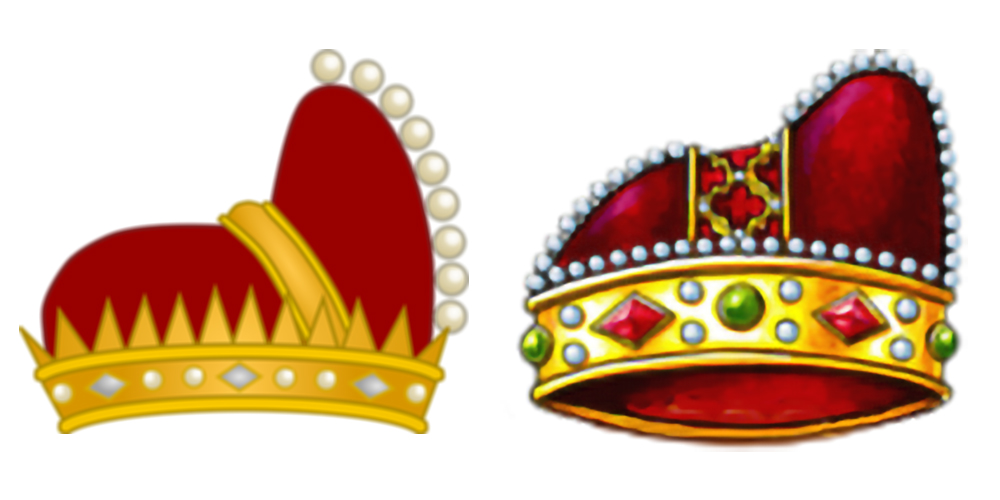The Doge was the supreme magistracy of the Serenissima Republic of Venice, established from 697 and lasted until the fall of the Republic in May 1797. Among the particularities that distinguished the Doge from all the other sovereigns there was also his headgear: he did not wear the crown but the “Corno”, a kind of cap of Byzantine origin. The “Corno Ducale” was the headgear of the Doge of Venice and was one of the most representative symbols of this institutional figure. From the ninth century, all the Doges were required to wear this curious headdress.
It was the custom that every year the Doge paid homage to the relics kept in the monastery of San Zaccaria. This was a particular convent, reserved for the patricians, which allowed the nuns to make a beautiful headdress, with a particular shape, called “Corno”. Initially the corno ducale was made in fabric with gold and silver, in damask, in crimson velvet, in white silk. Over time the corno ducale was embellished with ornaments of rare skins, gems, pearls and precious stones. It was entirely quilted with gold threads and adorned with 24 pearls, a large ruby and a cross formed by 28 emeralds and 12 diamonds. This version of the headdress was so precious that it was nicknamed “zogia” (meaning “joy” or “jewel”).
The “Zogia” was the most precious version of the Doge’s headgear. The Doge therefore wore this hat in all the circumstances in which the dignity and power of the Republic of Venice are expressed, in particular for the coronation of the Doge, in the Easter procession, during Ascension Day, for the ceremony of ” marriage with the sea “. In other circumstances and during lesser meetings, he wore a simple velvet corno. Under the headgear the Doge wore a fluffy white Camauro.
After the fall of the Republic, with the conquest of Napoleon and the abdication of Doge Manin, the ducal headgear disappeared and was no longer found. Currently there are only very few simpler versions. The corno ducale is depicted in the coat of arms of the City of Venice replacing the traditional city wall crown.






